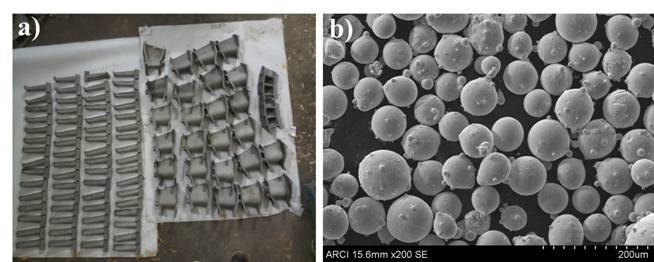Geneva, September 2024 — The World Health Organization (WHO) has updated its care guidelines for patients infected with influenza, with a focus on both seasonal and potential pandemic viruses. These guidelines, aimed primarily at healthcare providers, are also intended to assist policymakers in enhancing epidemic and pandemic preparedness.
Influenza, a highly contagious viral disease, affects all parts of the world, with seasonal influenza causing approximately a billion cases annually. Of these, 3–5 million cases result in severe respiratory illness, leading to an estimated 290,000–650,000 deaths each year from respiratory complications alone. These figures exclude the substantial number of deaths from other influenza-related complications, emphasizing the global health burden of this disease.
In addition to seasonal influenza, animal strains—most commonly avian and swine influenza—occasionally infect humans. These zoonotic influenza viruses can cause a range of diseases, from mild conjunctivitis to severe pneumonia, and even death. Although current strains of animal influenza have not demonstrated sustained human-to-human transmission, they pose a potential pandemic risk, underscoring the importance of updated guidelines.
Key Recommendations
The new guidelines provide detailed recommendations for treating patients with influenza, addressing both seasonal strains and viruses with pandemic potential, such as new influenza type A viruses that have been known to cause severe illness in humans.
Among the key updates:
- Antiviral Medications: Recommendations for the use of antiviral drugs in managing influenza, with a focus on early administration to reduce severity and prevent complications.
- Steroids for Immune Regulation: Guidance on the use of corticosteroids to manage immune system responses in severe cases.
- Tailored Approaches: Consideration of different treatment protocols for seasonal influenza versus animal-origin influenza viruses, which have distinct clinical presentations and outcomes.
The update was informed by a comprehensive review conducted by WHO’s Guideline Development Group, consisting of experts in virology, clinical care, ethics, and methodology. The group employed the Grading of Recommendations Assessment, Development and Evaluation (GRADE) framework, ensuring that the guidelines reflect the highest standards of medical evidence.
A Step Toward Pandemic Preparedness
The guidelines form a critical component of WHO’s broader influenza response efforts, which include the Global Influenza Surveillance and Response System (GISRS) and the Pandemic Influenza Preparedness (PIP) framework. These initiatives focus on enhancing access to antiviral treatments, vaccines, and other essential tools to address both seasonal outbreaks and pandemic threats.
With zoonotic influenza viruses continuing to pose a potential risk, WHO’s updated recommendations aim to strengthen global preparedness for future pandemics while providing immediate support for the management of seasonal influenza. The organization continues to emphasize the importance of surveillance, early detection, and equitable access to treatment in mitigating the public health impact of influenza worldwide.
These guidelines mark an essential step toward improving patient outcomes and ensuring that healthcare systems are prepared to manage both seasonal and pandemic influenza threats effectively.












